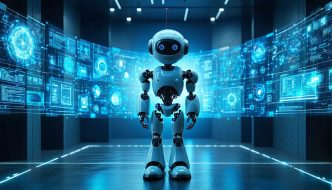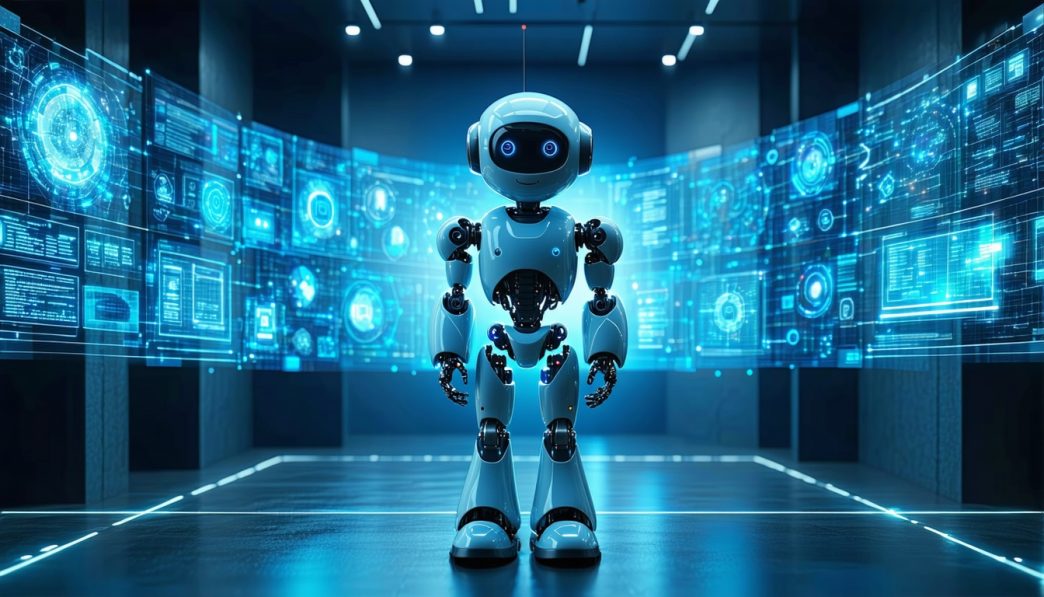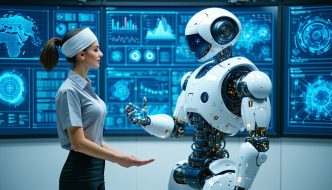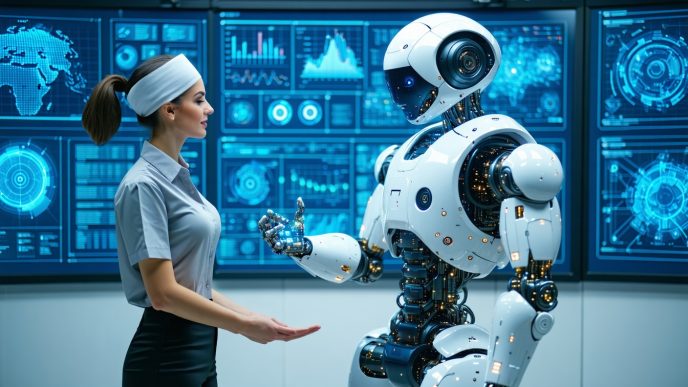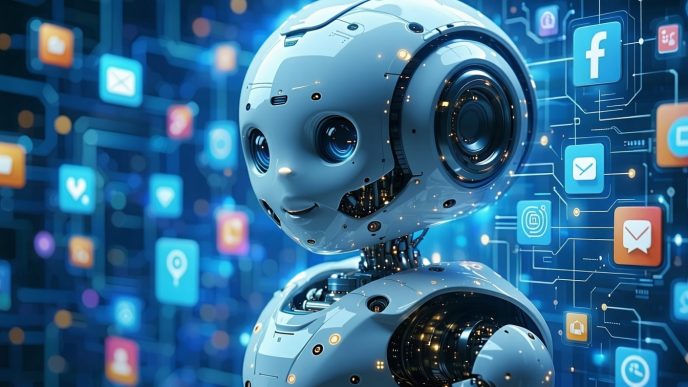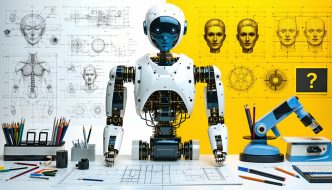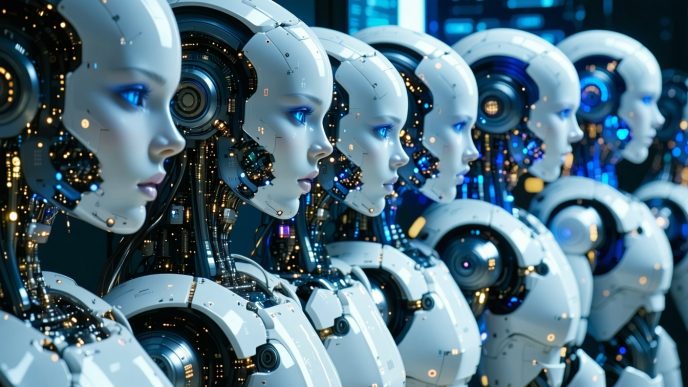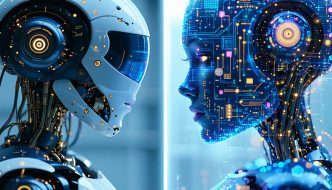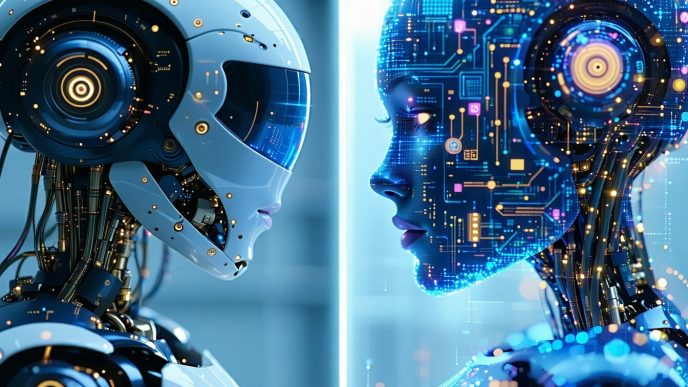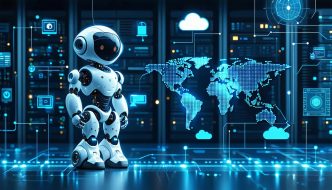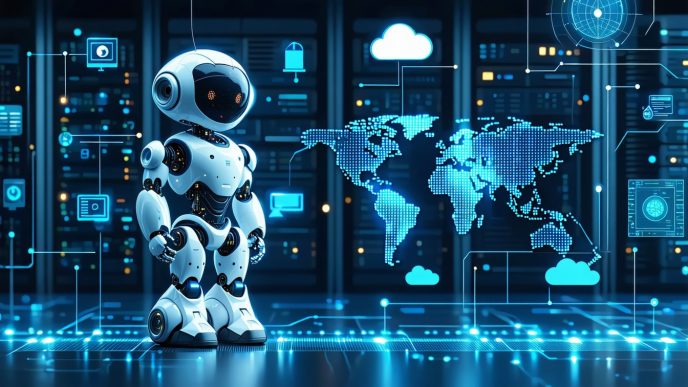Overview of Robotics Software
Importance of Software in Robotics
Software serves as the brain behind robots, enabling them to perform tasks efficiently and effectively. In the realm of humanoid robots, software platforms play a critical role in integrating various functionalities, including movement, perception, and interaction. The right software can empower a humanoid robot to navigate environments, process sensory data, and communicate with users intelligently.
Advancements in humanoid robot software platforms have opened doors to new opportunities, allowing these machines to be utilized in diverse fields such as healthcare, education, and even companionship. As the demand for humanoid robots grows, the importance of robust and adaptable software cannot be overstated.
Distinction Between Open Source and Proprietary Software
Humanoid robot software can generally be categorized into two types: open source and proprietary software. Understanding the differences between these two categories is essential for developers and users alike.
| Feature | Open Source Software | Proprietary Software |
|---|---|---|
| Cost | Typically free to use and modify | Often requires purchasing or licensing fees |
| Customization | Highly customizable, allowing for user modifications | Limited customization options |
| Support | Community-based support; forums and online resources available | Formal support channels provided by the vendor |
| Updates and Improvements | Frequent updates from the community | Updates depend on the vendor’s schedule |
Open source software allows developers to view and modify the source code, enabling users to tailor the software to specific needs and innovate rapidly. Examples of popular open source robot software platforms can be found in articles discussing the advantages of open source in robotics.
Proprietary software, on the other hand, tends to offer more polished interfaces and dedicated support, which can be beneficial for businesses that require reliable and stable software solutions. Users often face limitations in customization but may find value in the structured support that comes with such platforms.
Understanding the distinctions between these software types is crucial for anyone involved in the development or utilization of humanoid robots, as each has its own advantages applicable to different use cases and preferences. Exploring the landscape of humanoid robot software platforms helps in selecting the best fit for specific needs, whether for humanoid robots for home use or humanoid robots in healthcare.
Open Source Software in Robotics
Definition of Open Source Software
Open source software refers to computer programs whose source code is made available to the public for free use, modification, and distribution. This transparency encourages collaboration among developers and users, leading to a vibrant community that contributes to the software’s growth and improvement. In robotics, open source software is particularly valuable because it allows researchers and hobbyists to share innovative solutions, speeding up the development of new technologies.
Benefits of Using Open Source Software in Robotics
The adoption of open source software in robotics platforms comes with numerous advantages:
| Benefit | Description |
|---|---|
| Cost-Effective | Reduces expenses as there are no licensing fees. |
| Customization | Users can modify the software to adapt it to specific tasks or projects. |
| Community Support | Access to a vast network of users and developers who can provide assistance and share knowledge. |
| Rapid Innovation | Continuous contributions lead to faster advancements and enhancements in technology. |
| Experimentation | Encourages experimentation and creativity, allowing developers to try new ideas without significant financial risk. |
By utilizing open source humanoid robot software platforms, developers can innovate without the constraints often imposed by proprietary systems.
Examples of Popular Open Source Robotics Platforms
Several open source software platforms have gained prominence in the robotics community. These platforms vary in functionality and features, catering to different needs within the field of humanoid robotics.
| Platform | Description |
|---|---|
| ROS (Robot Operating System) | A flexible framework for writing robot software, providing services designed for a heterogeneous computer cluster. |
| OpenRAVE | A planning architecture for robotic manipulation, committed to providing a standard for robot APIs and enabling planning algorithms. |
| Orocos | A set of libraries and tools for real-time robotics, focused on modularity and real-time performance. |
| Choreonoid | A robotics simulation framework that supports modeling, simulation, and control of robot behaviors. |
| Gazebo | A powerful robot simulation tool that integrates seamlessly with ROS, allowing users to simulate a variety of robots in complex environments. |
These open source platforms play a significant role in the advancements of humanoid robots, from simulation to control, and enable developers to leverage community insights and tools for effective robotic solutions. For further exploration, please visit our page on humanoid robot software platforms.
Proprietary Software in Robotics
Definition of Proprietary Software
Proprietary software refers to programs and applications that are owned by an individual or a company. The source code for proprietary software is kept secret, meaning that users cannot modify or redistribute the software freely. This type of software usually comes with a licensing agreement that restricts how it can be used, limiting flexibility but often ensuring consistent experiences and support.
Advantages of Using Proprietary Software in Robotics
Using proprietary software in robotics provides several advantages that can enhance the development and performance of humanoid robots. Some of the key benefits include:
| Advantage | Description |
|---|---|
| Support and Maintenance | Companies offering proprietary software typically provide dedicated support and regular updates to fix bugs and improve functionality. |
| User-Friendly Interfaces | Proprietary software usually focuses on user experience, making it easier for developers to create programs without extensive technical know-how. |
| Reliability | Since development is controlled by specific companies, proprietary software is generally more reliable and stable compared to open-source alternatives. |
| Enhanced Security | Proprietary software often includes built-in security features to protect user data and prevent unauthorized access. |
| Comprehensive Features | These platforms may pack advanced features and functionalities that are specifically tailored to robotics applications, streamlining development. |
Examples of Popular Proprietary Robotics Platforms
Various proprietary software platforms are utilized in the development of humanoid robots. Here are some notable examples:
| Platform | Description |
|---|---|
| Robot Operating System | While ROS is mostly open-source, there are proprietary extensions that enhance its functionality in commercial applications. |
| V-REP | A comprehensive environment for robot simulation that allows for advanced physics and rendering, often used in a commercial context. |
| Webots | A professional robot simulator that provides tools for designing, programming, and testing robots in a 3D environment. |
| NVIDIA Isaac SDK | Offers robots AI capabilities, enhancing perception, navigation, and interaction in environments showcasing advanced computing. |
| Choreonoid | A robot simulation framework that can be used for humanoid robot development with custom features for commercial use. |
By understanding the definition and advantages of proprietary software, as well as recognizing key platforms, developers can make informed decisions while working with humanoid robot software platforms. This knowledge is essential for navigating the complexities of robot development and ensuring effective system integration. For more information on humanoid robots, consider reading about humanoid robots for home use and humanoid robots in healthcare.
Comparison of Open Source and Proprietary Software
In the realm of humanoid robot software platforms, the decision between open source and proprietary software can be pivotal. Each option has distinct characteristics influencing cost, customization, and community support.
Cost Considerations
Cost is a significant factor when selecting software for humanoid robots. Open source software is generally free to use, enabling developers to access extensive resources without financial commitment. This openness encourages experimentation and learning without worrying about licensing fees. Conversely, proprietary software often involves substantial upfront costs and ongoing expenses, including licensing and support fees.
| Software Type | Initial Cost | Ongoing Costs |
|---|---|---|
| Open Source | $0 | $0 |
| Proprietary | High | Medium to High |
Understanding these cost dynamics can help developers allocate their budgets more effectively when choosing between these options.
Customization and Flexibility
One of the standout features of open source software is its high level of customization. Developers can modify the source code to fit specific project needs, adapting the software to various applications in robotics. This flexibility can be crucial for projects with unique requirements, such as humanoid robot customization.
In contrast, proprietary software often has limited customization options. Users may be restricted to predefined functionalities, making it harder to adapt the software for specific purposes. However, proprietary software often comes with robust support features that can streamline integration and implementation.
| Software Type | Customization Level | Flexibility |
|---|---|---|
| Open Source | High | High |
| Proprietary | Low to Medium | Low |
Support and Community
Support options differ significantly between open source and proprietary software. Open source platforms rely on community support. Users often find assistance through forums, documentation, and shared resources. This can foster a collaborative environment where developers contribute to the collective knowledge base, especially in areas like humanoid robot navigation and AI models in humanoid robots.
Proprietary software typically includes dedicated customer support from the vendor. Users can receive direct assistance for technical issues, which may lead to faster resolutions. This level of support can be beneficial for projects requiring immediate attention or those involving complex integrations, such as voice interfaces in humanoid robots.
| Software Type | Type of Support | Community Engagement |
|---|---|---|
| Open Source | Community-driven | High |
| Proprietary | Vendor support | Low |
Evaluating these elements helps in making an informed choice when selecting software for humanoid robots, balancing the need for budget, customization, and support.
Implications in Robotics Development
Impact on Innovation
The integration of humanoid robot software platforms plays a crucial role in fostering innovation within the robotics sector. Open source platforms enable developers to share their knowledge and experiences freely, leading to rapid advancements in technology. This collaborative approach allows for a diverse range of applications and features, encouraging creativity and experimentation among programmers.
Additionally, proprietary software can drive innovation through strategic partnerships and targeted research and development efforts. Companies may invest heavily in proprietary systems to maintain a competitive edge, often leading to high-performance solutions that push the boundaries of what humanoid robots can achieve, such as humanoid robots for education or humanoid robots in healthcare.
| Software Type | Impact on Innovation |
|---|---|
| Open Source | Collaborative advancements |
| Proprietary | High-performance solutions |
Future Trends in Robotics Software Platforms
As the field of robotics continues to evolve, several key trends are emerging in humanoid robot software platforms. These trends include the increased adoption of artificial intelligence (AI), advancements in machine learning, and the integration of cloud computing for enhanced data processing capabilities.
AI models are becoming more sophisticated, allowing humanoid robots to learn and adapt to their environments more effectively. This capability is essential for applications in sectors like robotics for security and humanoid robots in smart homes. Furthermore, advancements in humanoid robot sensors and navigation systems are enabling robots to function more autonomously.
Another significant trend is the rise of customization options for individual users. As consumers seek more tailored solutions for their specific needs, software platforms will increasingly offer customizable features. This movement will likely coincide with the expansion of app ecosystems for humanoid robots, enabling users to enhance functionality based on their preferences.
| Future Trend | Description |
|---|---|
| AI and Machine Learning | More advanced algorithms for learning and adaptation |
| Cloud Computing | Enhanced processing capabilities through data management |
| Customization | Tailored features and app ecosystems |
These implications of software development in robotics ultimately shape the future of humanoid robots, paving the way for enhanced capabilities and applications across various industries.
